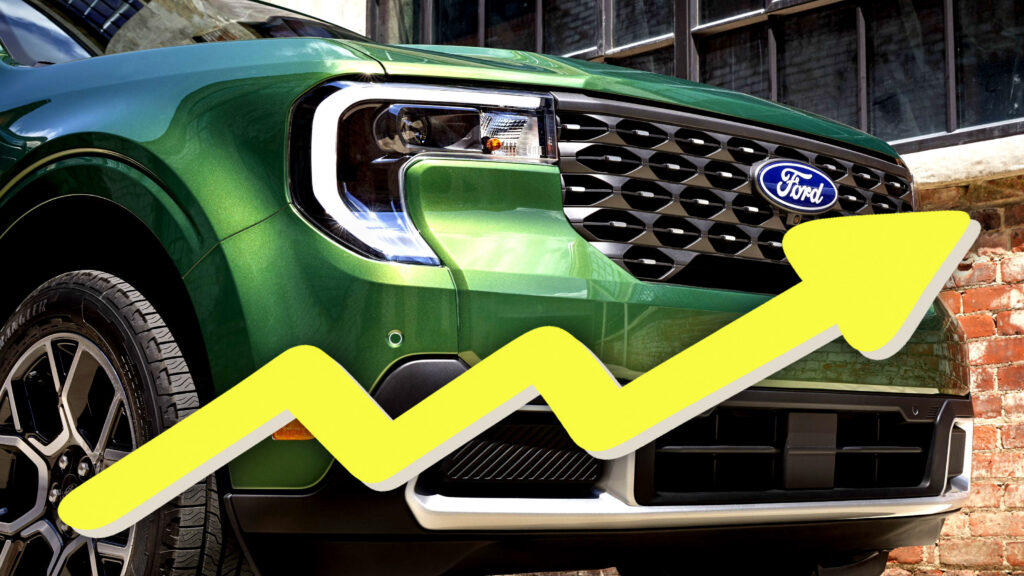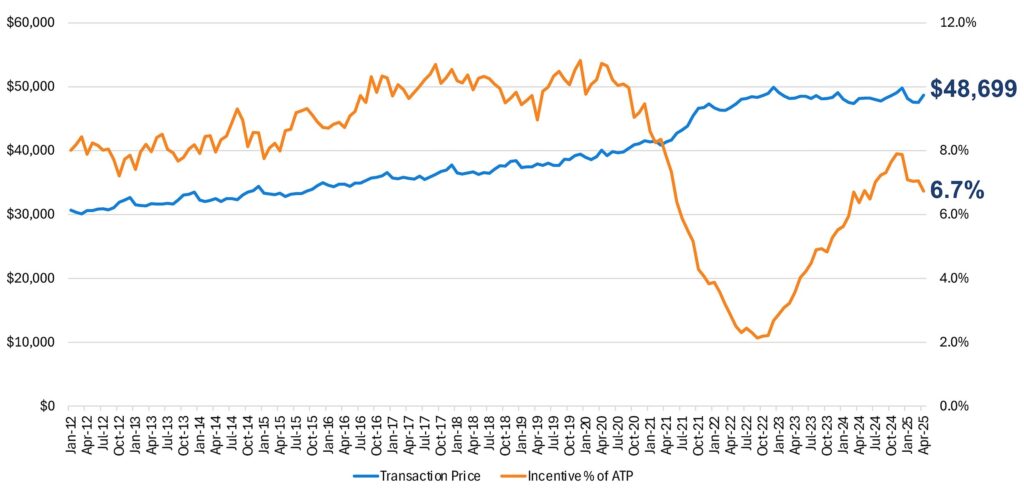Price Hike

In April, the average price for new cars in the U.S. hit a record $48,699. That’s a 2.5% jump from March, doubling the typical rise one might expect during this time of the year. This surge occurred alongside the announcement of new auto tariffs by former President Trump, adding another layer of complexity to an already volatile market.
Impact of Tariffs

Tariffs are like the boogeyman of the automotive industry right now. They bring uncertainty, and it’s clearly reflected in the pricing statistics from Kelley Blue Book (KBB). With people rushing to secure their new rides before any price peaks caused by these tariffs, the industry saw an unexpected swell in demand.
Sales Incentives
Another factor driving up prices is the reduction in sales incentives. They’ve shrunk to around 6.7% of the average transaction price (ATP), hitting the lowest mark in over a year. So, if anyone says they got a great deal on their new car, it’s likely they’re referring to something other than financial savings.
Differences Across Segments
Interestingly, not all sectors felt the price surge the same way. Electric vehicle (EV) average prices barely nudged, increasing by a mere 0.2% since March, contrary to the nearly 6% drop in EV sales that happened in April. Meanwhile, subcompact car prices rocketed by over 10%, hinting that smaller, more economical cars might be gaining traction.
Brand Breakdown
On the brand front, Cadillac and Land Rover stood out with significant price increases—3.7% and a whopping 5.8% respectively. Meanwhile, Ford had a modest 1% uptick, though their Mexican-made Maverick saw May price hikes. Some brands, like Dodge and Hyundai, saw prices slip a bit, but nothing too alarming.
Driving Feel
Now, onto how these cars actually drive. Picture the Ford Maverick—a practical and reliable contender among compact pickups. It’s like a trusty pair of boots: not flashy but gets the job done without fuss. Smooth on highways and spry enough in city traffic, it offers a laid-back driving experience compared to, say, the brawnier Ford F-150. Conversely, a Cadillac CTS delivers a more polished ride, akin to sliding into leather seats after a long day—a little fancy, with more horsepower under the hood for swift maneuvers on open roads.
As always, these cars mix affordability with functionality, but as prices edge upwards, the value perception shifts. It’s essential to weigh these price hikes against personal driving habits and needs.
Conclusion
In this landscape filled with tariffs, transaction prices, and sales dynamics, the decision to purchase a new vehicle feels more complex than ever. Understanding market trends helps, but keeping an eye on personal budgets and priorities will always rule the day.
Dodge Durango Patrols
GAC's Bold Truck Debut
Buick GNX Roars Back
Freeway Towing Folly
Buick GNX: Iconic Classic